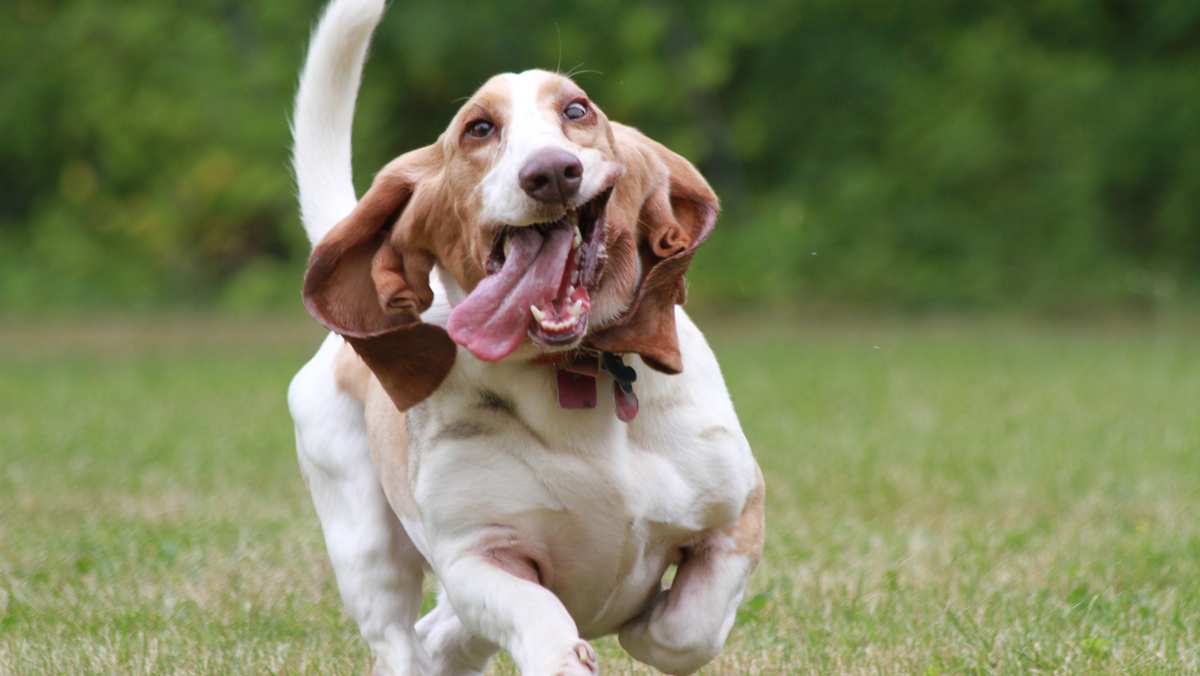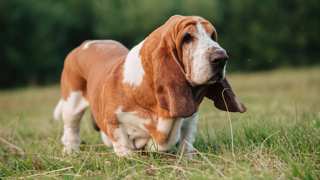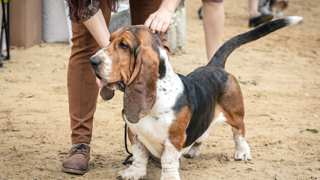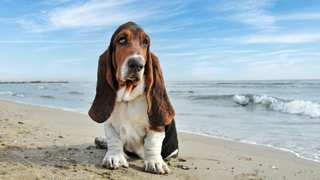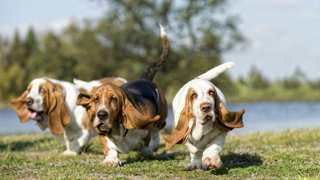Centuries ago, a book called La Venerie made the first known recorded instance of what would become the Basset Hound, and it noted that there were approximately 12 variations of Bassets — including the Basset Hound. (The book is detailed in Basset Hound History elsewhere on this page.) That is no longer the case, however, as some of those varieties have died out, some were integrated into other breeds, and others became identified as separate breeds altogether.
Although rare, the long hair Basset Hound is a varietal that does still occur today. A litter may have one Basset pup with wavy hair that remains past the puppy stage and becomes a long-haired Basset. They may even have a tail that looks like a Golden Retriever and not believed to be a purebred dog, but they are.
If you hear about a Petit Basset, that is a shortened name for an altogether different dog breed: the Petit Basset Griffon Vendéen, which is French. They are sometimes called wire haired Bassets, and they should not be confused for Basset Hounds because they certainly don't look like them!
As for miniature Basset Hounds, this "breed" is not a breed and is also not a variety of Basset Hound. Mini Bassets are produced by down-breeding teh size of purebred Bassets, and such puppies may be expensive, unhealthy, and, in the long run, tragic. If you see teacup, toy, pocket or other tiny-type Bassets for sale, these may be even worse.
Otherwise, the only other real types regarding Basset Hounds is coat color, and these are discussed in Basset Hound Colors.
